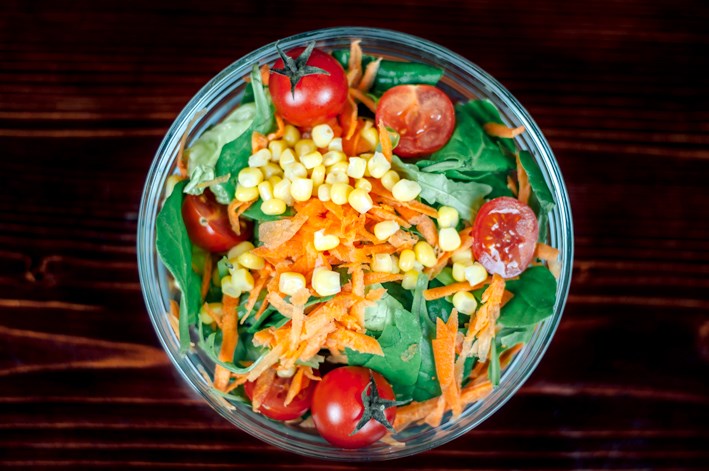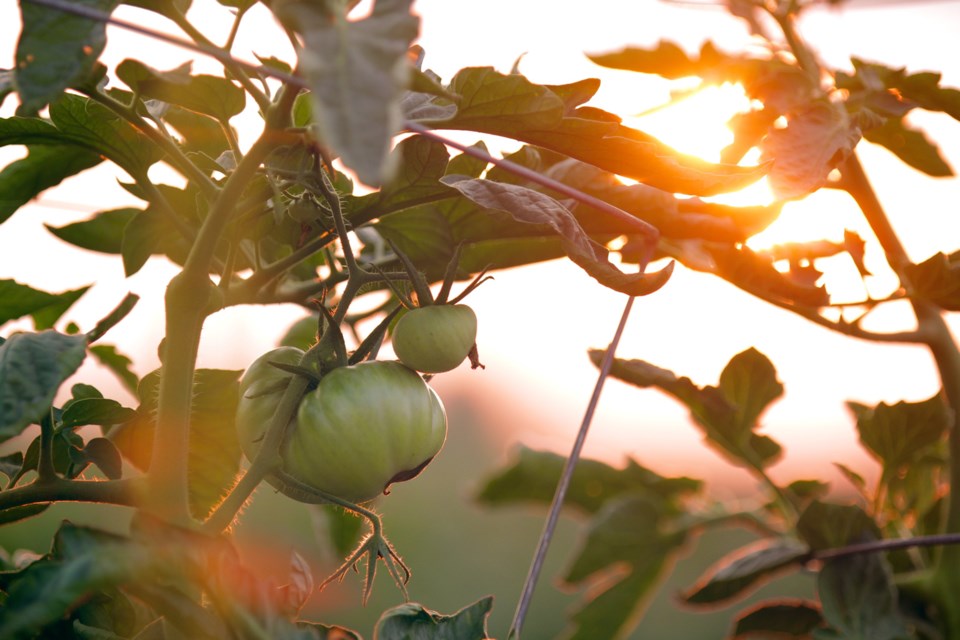We’ll see higher temperatures in July and our hot weather crops will begin to thrive.
With lower evening temperatures zucchini, summer squash, and field tomatoes have been growing slowly. The late June heat wave and more heat to come in July will accelerate their growth.
It is time to pay more attention to your tomatoes and learn how to prune them well. There are two major categories of tomatoes: determinate (or bush) and indeterminate (or vining). Determinate tomatoes grow great in round metal cages and do not need to be pruned.
However, pruning indeterminate tomatoes is somewhat controversial. Some people say leave them to grow wild and untamed and you’ll get a big harvest. Although an un-pruned indeterminate tomato plant will technically produce more fruiting clusters, I think that your tomatoes will be smaller, may not ripen, and can be more prone to diseases like blight.
Make sure your tomatoes have a strong stake to support the plant as it grows before you embark on pruning your tomatoes. Use a tall bamboo stake or a one-inch-by-two-inch stake that provides about six inches above ground for the tomato to climb. To prune, remove the suckers that appear in the 90-degree angle between the main stem and leaves. The suckers look like mini tomato plants. Keep pruning out the suckers every week. You can snap them off or cut them. There are lots of photos and videos online if you’re not feeling confident about identifying the suckers.

It is also important to remove any lower leaves that touch the ground. Remove enough of the lower leaves to ensure that when you are watering soil particles don’t bounce back onto those leaves. This will also help prevent blight.
The last pruning job of the season comes about a month before the last frost. You will need to “top” or cut off the growing tip of each tomato plant. This will encourage the plant to focus on ripening the remaining fruit instead of producing more fruit.
If you would like to plant a winter garden, now is the time to get your seedlings into the ground. July 1 was the last day to get carrots seeded and ensure that they reach full size by the end of the growing season. If you like smaller carrots, you can keep planting after July 1. I planted carrots as late as Aug. 1 last year, and had lovely tender three- and four-inch baby carrots by October. Purple overwintering broccoli is one of my favourite crops. It’s becoming more popular and I often see it in nurseries along with winter cabbages and cauliflowers. Tuck these into unplanted corners of your garden, or keep them healthy in pots until you’ve harvested your garlic or any early season crops.
Emily Jubenvill grew up on the North Shore and is passionate about growing fresh organic food. She works with the North Shore Neighbourhood House’s Edible Garden Project and for Enderberry Farm in the Okanagan. You can reach her at [email protected] or ediblegardenproject.com.



